Every few years, Nvidia introduces a groundbreaking graphics card that ushers in a new era of PC gaming. The Nvidia GeForce RTX 5090 is no exception, yet it takes a unique approach to delivering next-generation performance. While the performance improvement over the RTX 4090 might not meet expectations without considering DLSS Frame Generation, the new generation of Nvidia’s DLSS technology offers significant leaps in both image quality and performance, surpassing what we typically see in a new graphics generation.
The extent to which the RTX 5090 is an upgrade depends largely on your gaming habits, the resolution at which you play, and your comfort with AI-generated frames. For gamers using displays below 4K with a 240Hz refresh rate, the upgrade might not be justified. However, if you're equipped with a high-end display, the AI-generated frames can offer a glimpse into the future of gaming.
Nvidia GeForce RTX 5090 – Photos
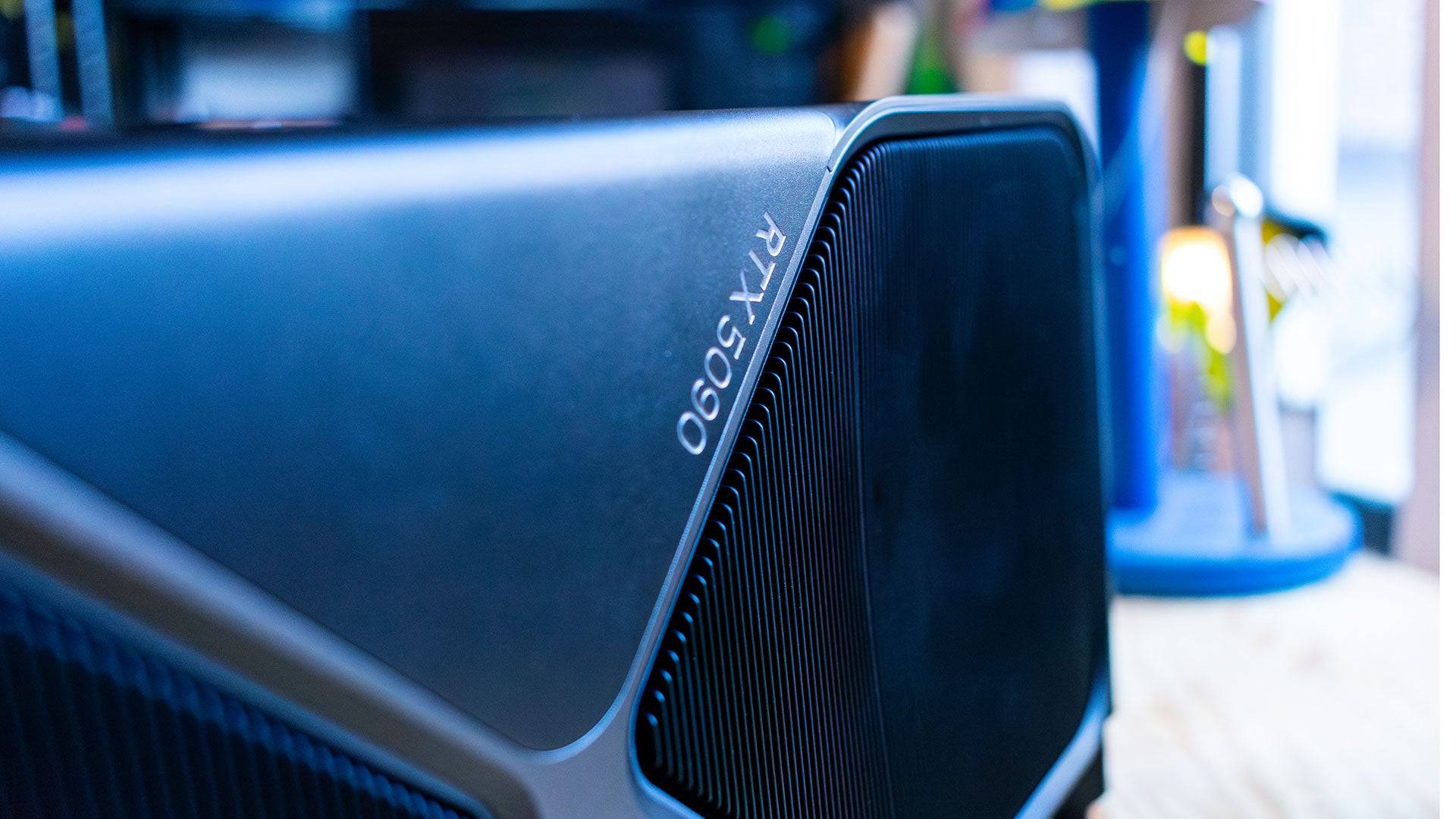
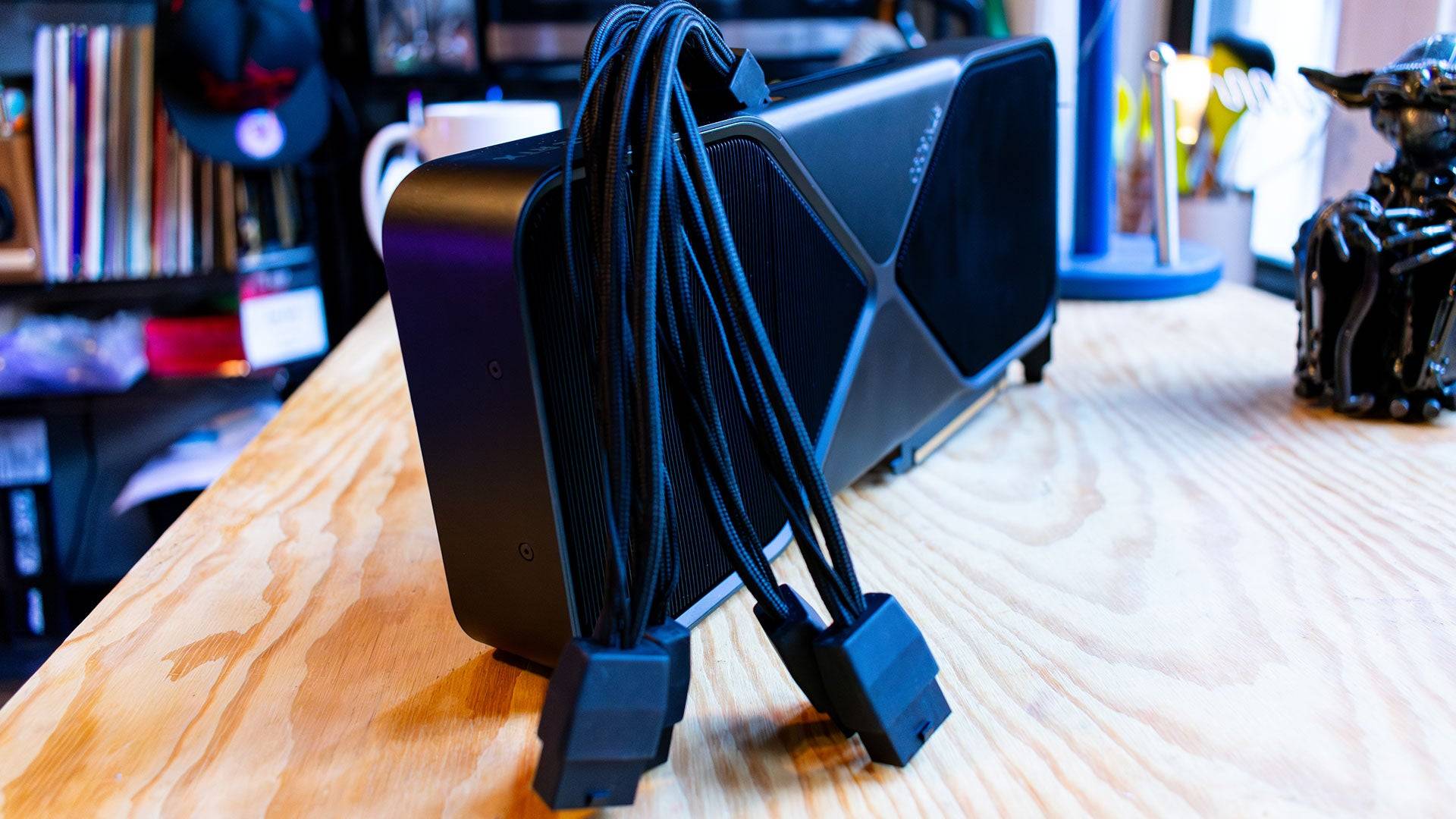 5 Images
5 Images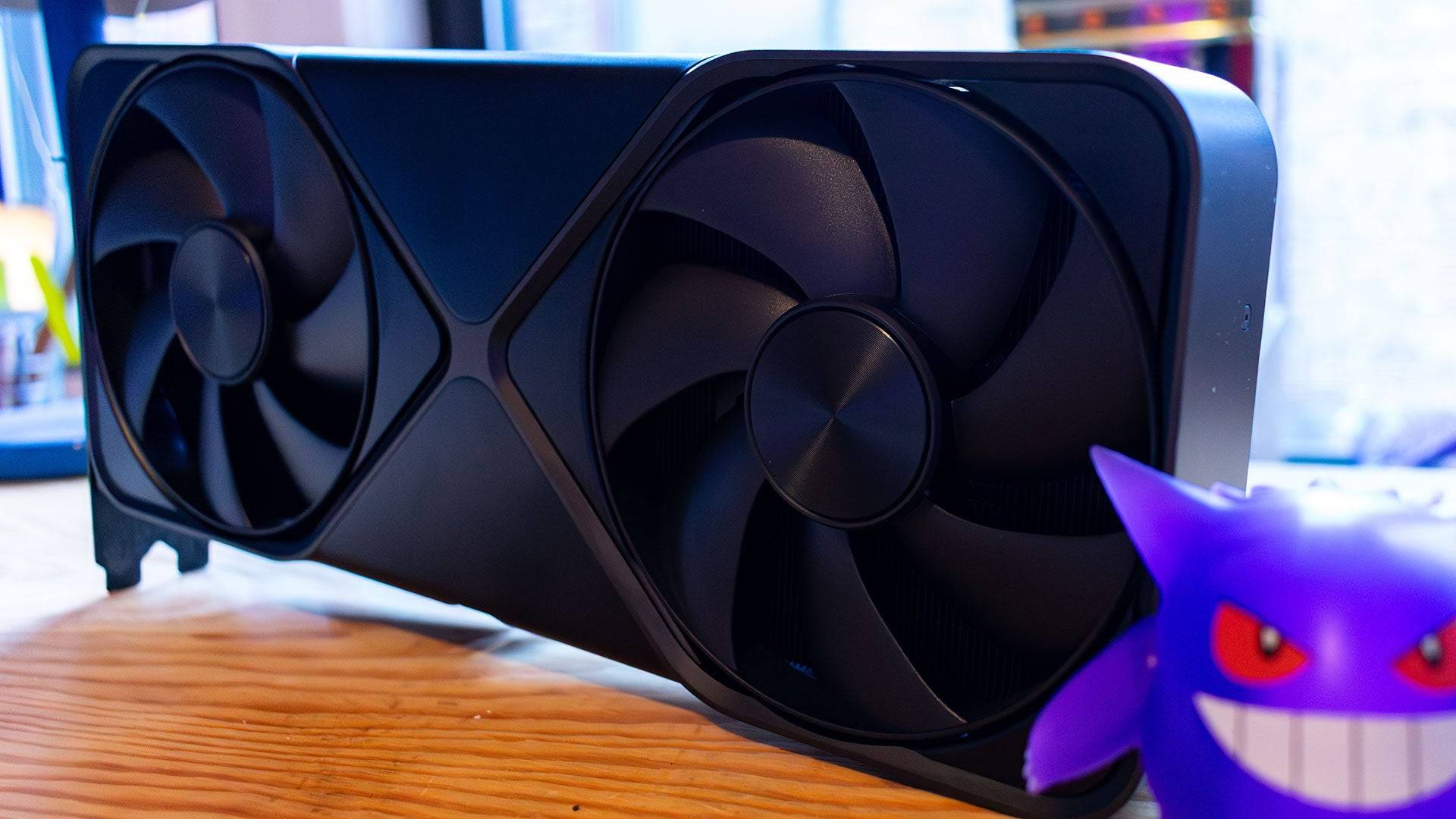

 RTX 5090 – Specs and Features
RTX 5090 – Specs and Features
The Nvidia GeForce RTX 5090 leverages the Blackwell architecture, already powering advanced data centers and supercomputers, hinting at its prowess in AI applications. Yet, Nvidia hasn't overlooked the card's traditional gaming capabilities. With the RTX 5090, Nvidia has managed to pack more Streaming Multiprocessors (SMs) into the same Graphics Processing Clusters (GPCs), resulting in a boost to 21,760 CUDA cores from the RTX 4090's 16,384. This 32% increase in shader cores significantly enhances raw gaming performance.
Each SM includes four Tensor Cores and one RT Core, similar to its predecessor, totaling 680 Tensor Cores and 170 RT Cores compared to the RTX 4090's 512 and 128, respectively. The 5th-generation Tensor Cores are optimized for AI performance, now supporting FP4 operations for more efficient AI workloads with less reliance on VRAM.

The RTX 5090 comes with 32GB of GDDR7 VRAM, a significant upgrade from the GDDR6X in the RTX 4090, promising faster and more power-efficient memory. However, with a power requirement of 575W, a notable jump from the RTX 4090's 450W, power efficiency isn't the primary focus.
Nvidia has also revamped the DLSS algorithm to run on a Transformer Neural Network (TNN), promising better image quality and reduced artifacts like ghosting. Additionally, the introduction of Multi-Frame Generation enhances frame rates by generating multiple frames from each rendered image, ideal for those already achieving decent baseline frame rates.
Purchasing Guide
The Nvidia GeForce RTX 5090 will be available starting January 30, with a starting price of $1,999 for the Founders Edition. Be aware that third-party models could be priced significantly higher.
The Founders Edition
Despite its hefty 575W power requirement, the RTX 5090 Founders Edition surprisingly fits into a dual-slot chassis with a dual-fan setup. During testing, temperatures peaked at 86°C with power consumption hitting 578W, higher than the RTX 4090's 80°C but still within safe limits.
Nvidia achieved this by optimizing the PCB placement and airflow. The card's design echoes the aesthetic of recent generations, featuring a silver 'X' and gunmetal-gray chassis with black heatsinks, and a 'GeForce RTX' logo illuminated by white LEDs. It also introduces a new 12V-2x6 power connector, designed for efficiency and ease of use, included with an adapter for four 8-pin PCIe connectors.

The compact design makes the RTX 5090 suitable for smaller PC builds, unlike its predecessors which required larger cases. However, third-party designs might still be larger.
DLSS 4: Fake Frames?
Nvidia claims the RTX 5090 can boost performance up to 8x, primarily through its AI-driven frame generation capabilities. DLSS 4 introduces Multi-Frame Generation, leveraging a new AI Management Processor (AMP) core to efficiently manage GPU tasks. This results in a 40% faster frame generation model requiring 30% less memory, capable of creating three AI frames from one rendered frame.
Nvidia's Flip Metering algorithm helps reduce input lag, making this feature exclusive to RTX 5000 series GPUs. While not a magic solution, Multi-Frame Generation significantly enhances performance when used with DLSS upscaling, particularly on high-end 4K displays.
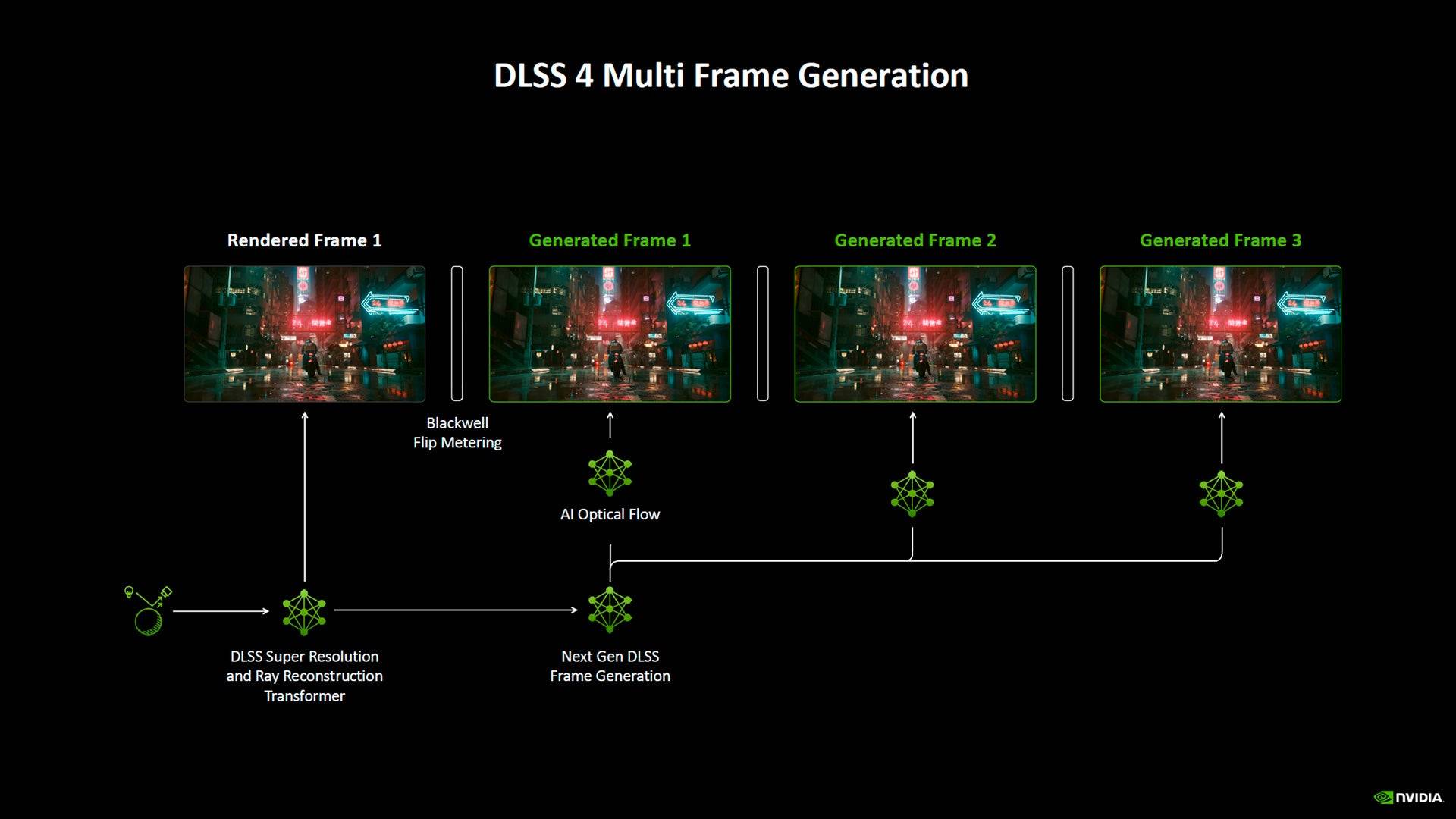 Courtesy of Nvidia
Courtesy of Nvidia
Testing with beta builds of Cyberpunk 2077 and Star Wars Outlaws, the RTX 5090 showcased impressive results. At 4K with ray tracing enabled, Cyberpunk 2077 achieved 286 fps with 4x frame generation, a substantial increase over the 94 fps without it. Star Wars Outlaws saw similar boosts, reaching around 300 fps with DLSS 4 enabled.
While some might dismiss these as 'Fake Frames,' the technology proves beneficial for gamers with high-refresh, high-resolution setups. Nvidia anticipates 75 games will support DLSS 4 at the RTX 5090's launch, suggesting broad compatibility.
RTX 5090 – Performance
The Nvidia GeForce RTX 5090 offers a significant performance boost, evident in benchmarks like 3DMark where it outperforms the RTX 4090 by up to 42%. However, real-world gaming performance is more nuanced, often limited by CPU bottlenecks even when paired with top-tier processors like the Ryzen 7 9800X3D.
In games like Call of Duty Black Ops 6 and Cyberpunk 2077, the RTX 5090 showed only a 10% performance increase over the RTX 4090 at 4K, suggesting that current games may not fully leverage its potential. Metro Exodus: Enhanced Edition demonstrated a 25% improvement, while Red Dead Redemption 2 showed a mere 6% uplift without ray tracing.
Total War: Warhammer 3, without ray tracing or upscaling, showcased a 35% performance gain, hinting at the RTX 5090's raw rasterization capabilities. However, inconsistent results in games like Assassin's Creed Mirage, potentially due to driver issues, highlight that the RTX 5090's full potential may not be realized in all current titles.
Nvidia GeForce RTX 5090 – Benchmarks
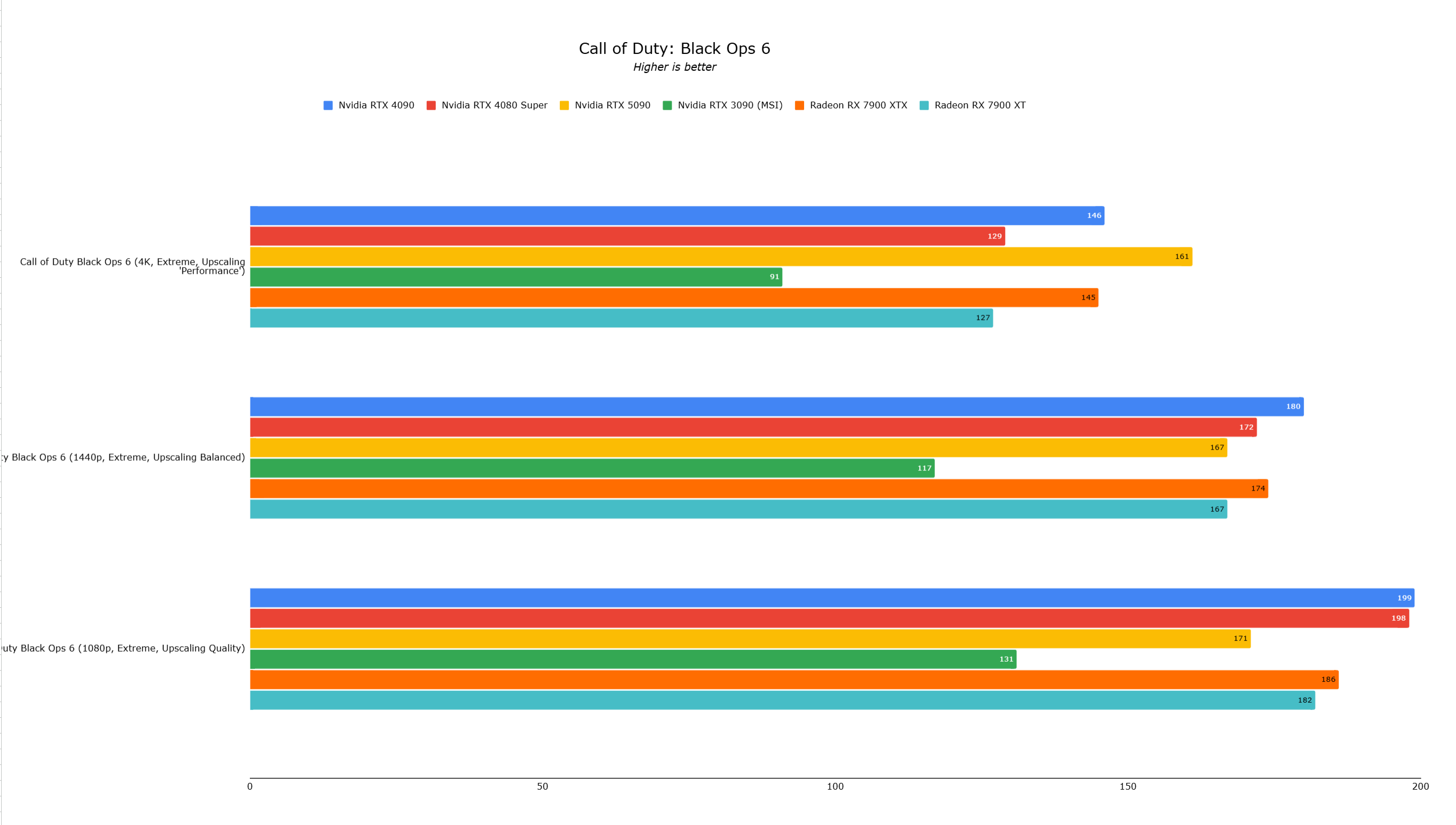
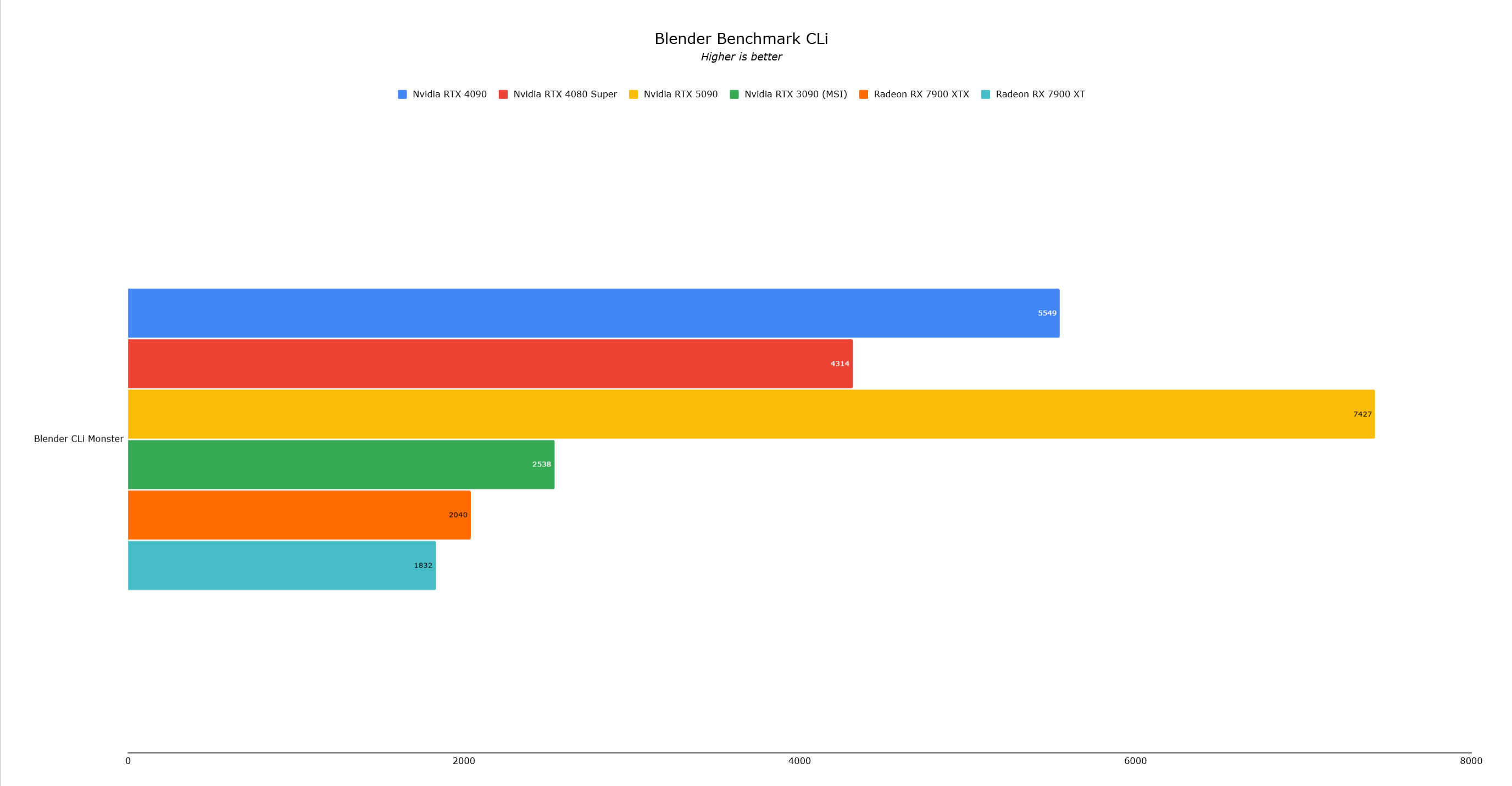 14 Images
14 Images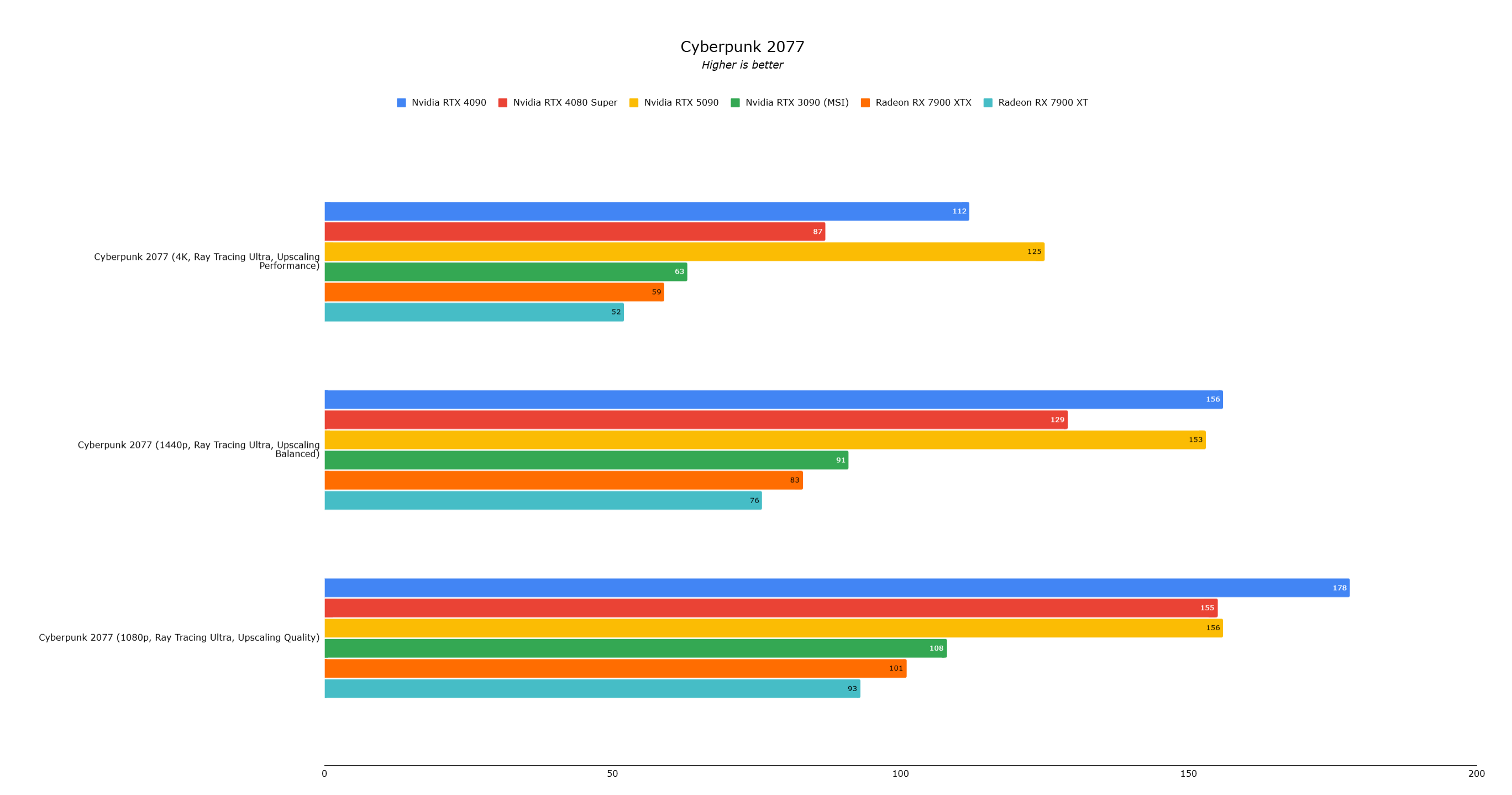
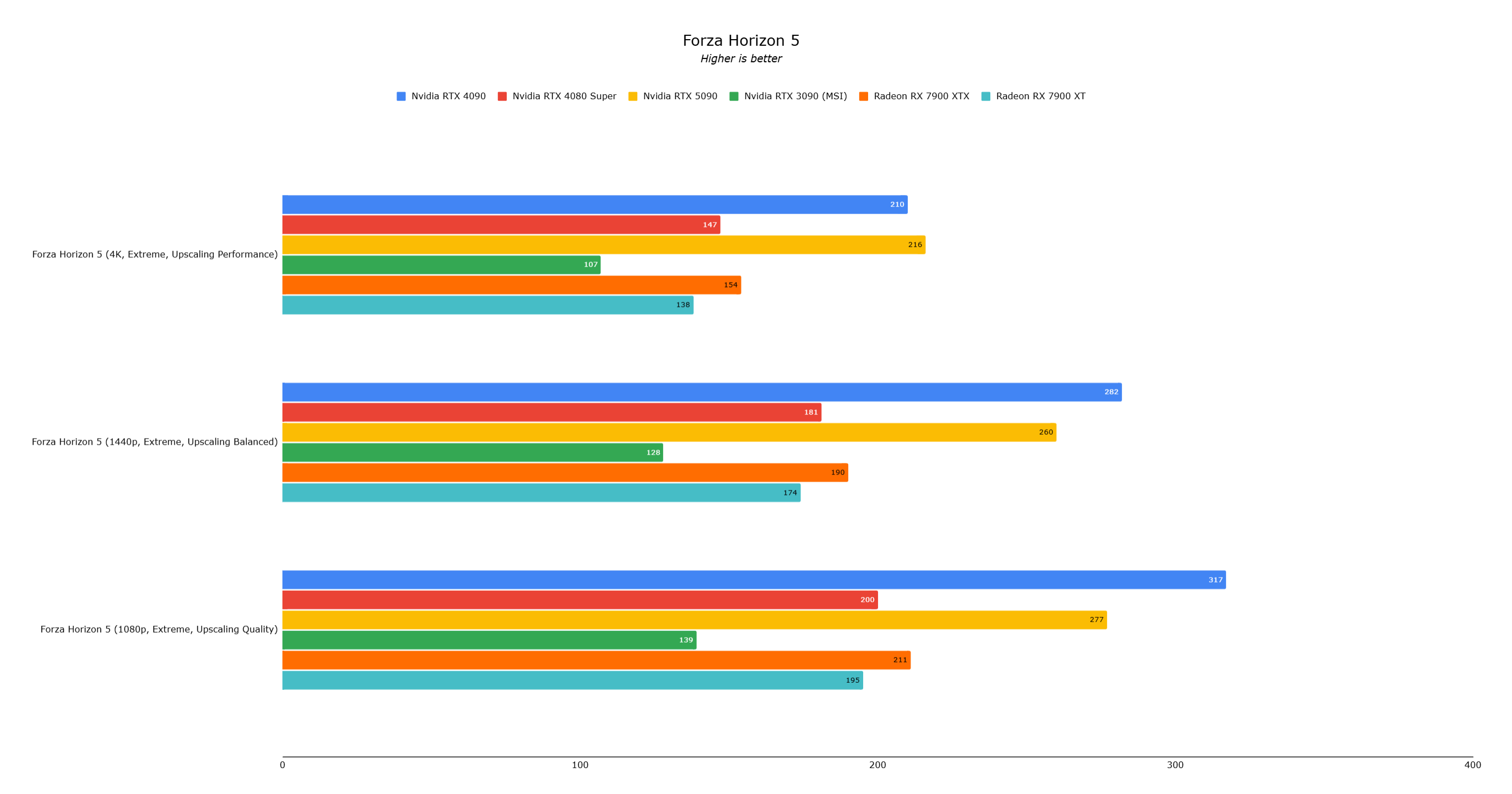
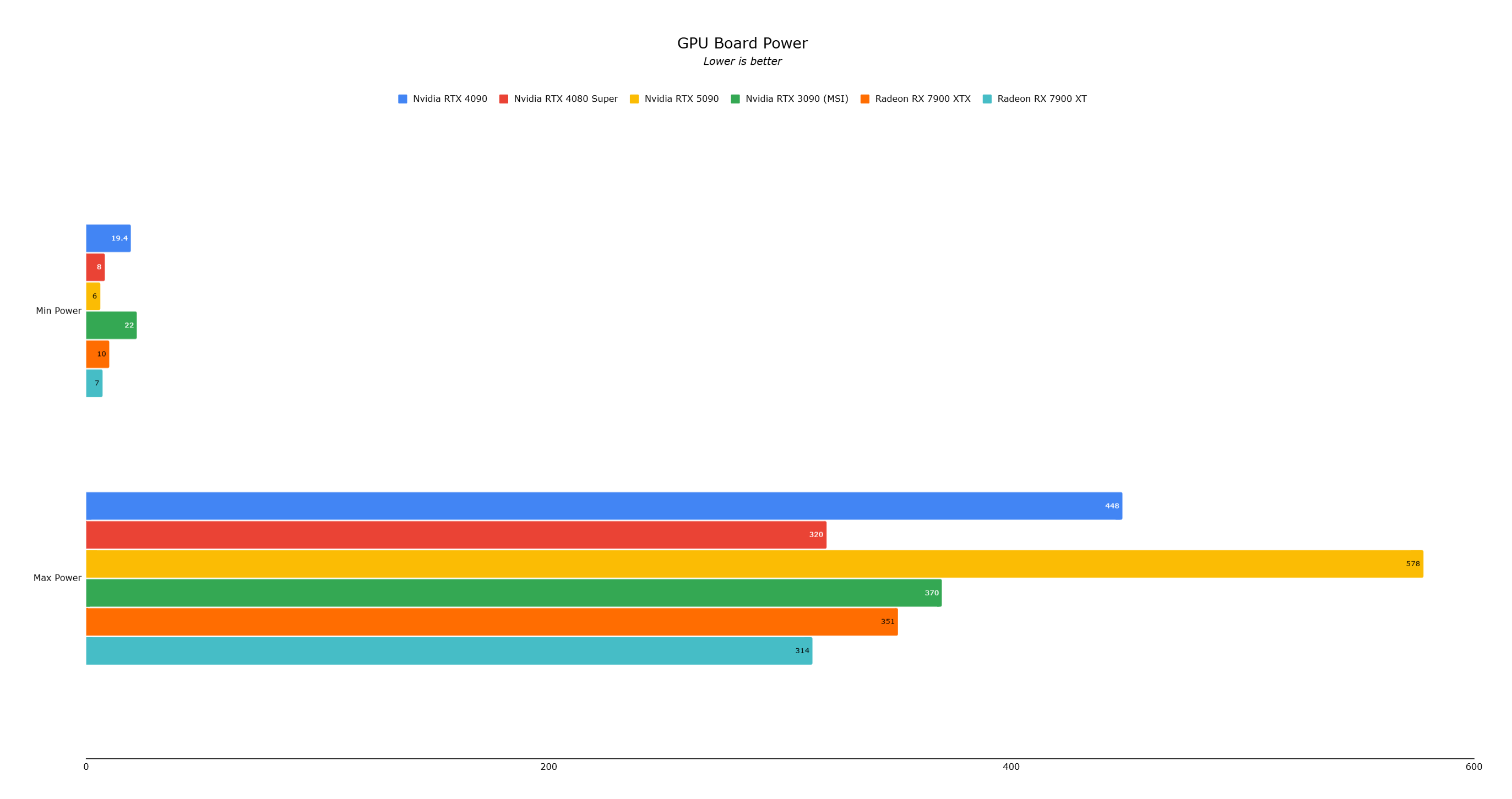
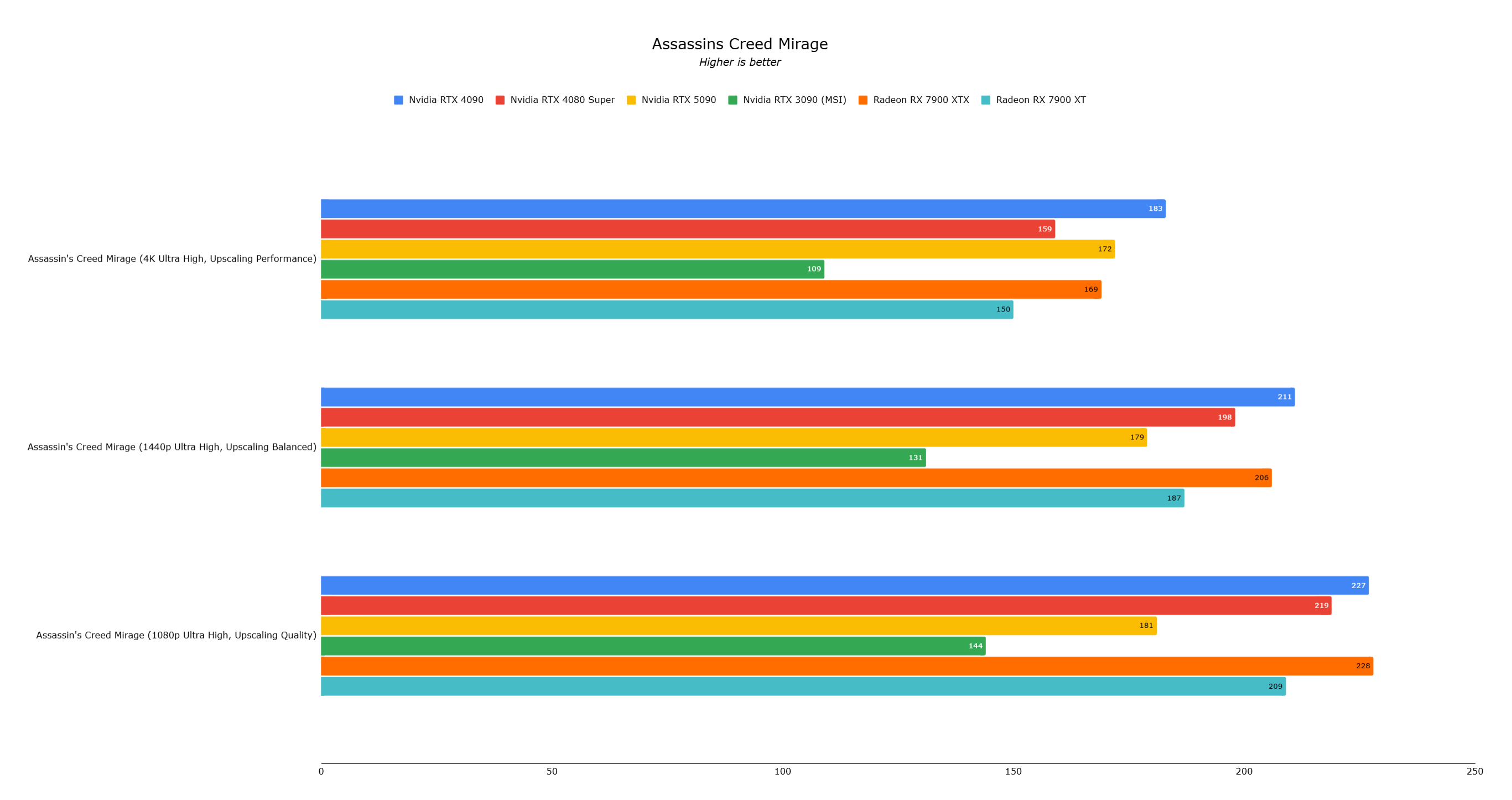
Black Myth: Wukong and Forza Horizon 5 further illustrate the RTX 5090's capabilities, with a 20% uplift in the former and minimal difference in the latter due to CPU limitations.
While the RTX 5090 might not provide a dramatic performance leap in all current games, it stands as the fastest consumer graphics card available. Its true value lies in its AI-driven features, positioning it as a forward-looking investment for gamers willing to embrace the future of AI-enhanced gaming. For those with an RTX 4090, the immediate need to upgrade may be less compelling, but for enthusiasts on the cutting edge, the RTX 5090 offers a tantalizing glimpse into what's possible with AI in gaming.

 Latest Downloads
Latest Downloads
 Downlaod
Downlaod




 Top News
Top News









